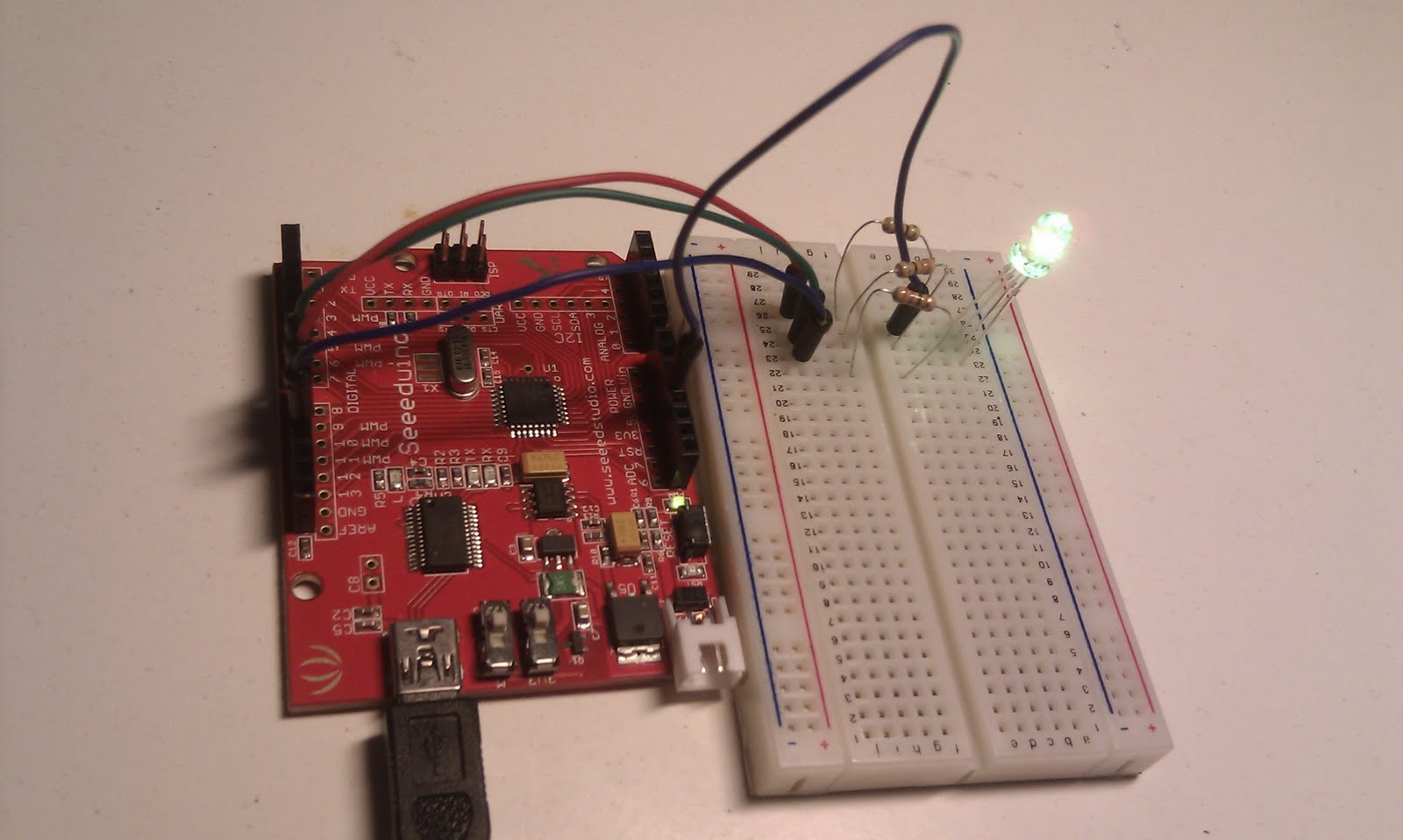
This solution of not using delay() has a big advantage over the previous approaches to toggle an LED: we can perform additional tasks inside our loop, as it is no longer blocking on the delay() function. This is how we achieve the desired blink.

In other words, we repeatedly take the number of seconds passed since the program started running, and set the value of the LED based on that: ON if the number if currently odd, OFF if it is currently even. This calculation returns 0 for even numbers and 1 for odd numbers: Finally, we take the number of seconds and calculate the remainder of dividing it by two, using the modulus ( %) operator. We then divide this value by 1000, so we get the number of seconds passed so far. We take advantage of Arduino's millis() function, which returns the number of milliseconds since the program has started running.
#Arduino led fade sequence code
The one-liner code to toggle the LED is shown below: 5 ways to blink an LED in Arduino - Using millis() By using a clever trick, we no longer need to call delay() in our code to blink the LED using Arduino. This is my favorite one, which was first presented to me by my friend Avi Ostfeld. So basically the code above could be read as: We use the ! (not) operator to invert that value, and thus toggle the state of the LED. Here's the trick: digitalRead() returns the current output value of the pin: 1 if the pin is high and the LED is on, 0 otherwise. We can easily cut the loop() code in the LED blink program down to two lines by toggling the value of the pin: 5 ways to blink an LED in Arduino - Using Inversion
#Arduino led fade sequence simulator
You can try it yourself on the free online Arduino blink code simulator playground.Ĭan we achieve the same with less code? The Two-Liner Wait for another second, and then repeat everything again.Set the pin to LOW (0V), cutting the power to the LED and turning it off.Wait for 1000 milliseconds, or one second.Set the pin to HIGH (5V), this will turn the LED on.We set this pin to output in the setup() function, and then repeat the following code: This is pretty straightforward: LED_BUILTIN is a constant that contains the number of the pin connected to the on-board LED, pin 13 in Arduino Uno. We'll start with the LED Blink example that comes with the Arduino IDE: 5 ways to toggle an LED using Arduinoīelow is the code for blinking an LED with standard built in example: 5 ways to blink an LED in Arduino - Standard Blink Example In this blog post, I am going to show you 5 different ways of blinking an LED on Arduino: blinking an LED by turning it on/off roughly once a second.

It is also one of the most popular Arduino program, and I bet electronics enthusiast has run it at least once in their life.

Blinking an LED is the "Hello World" program of hardware.


 0 kommentar(er)
0 kommentar(er)
